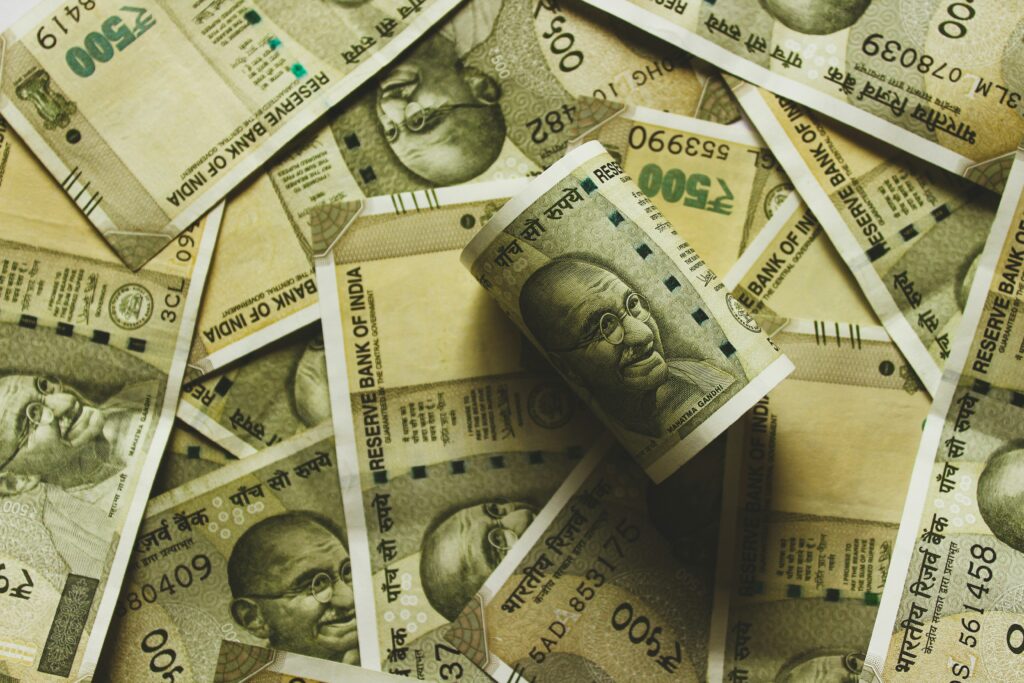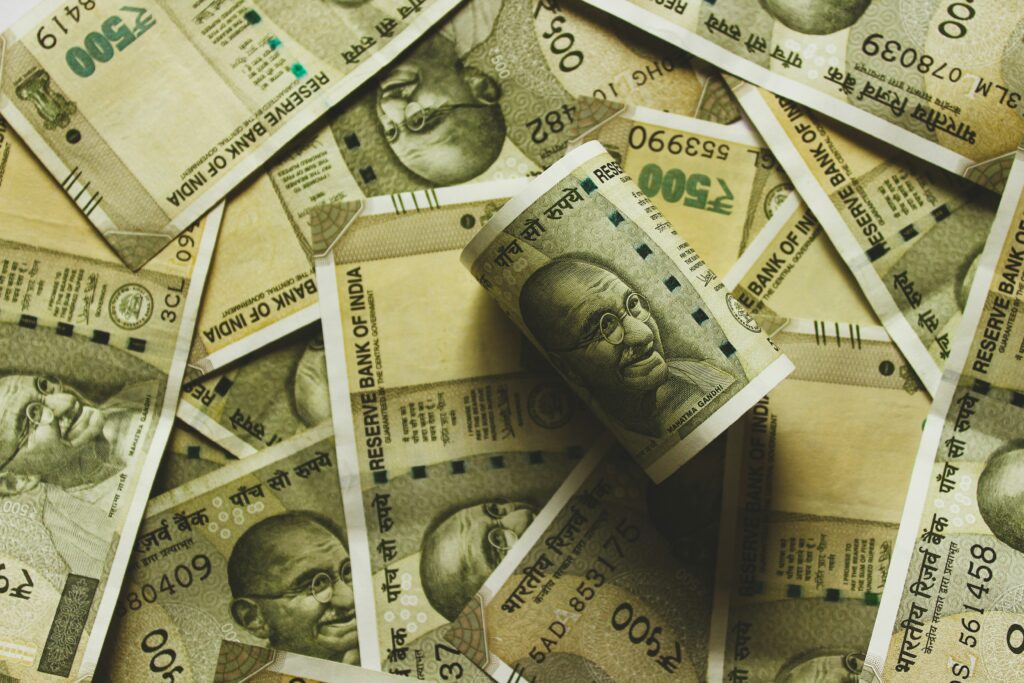The concept of Money Multiplier is a powerful tool in understanding how commercial banks contribute to the money supply in an economy. Whether you’re a Class 12 student diving into your Macroeconomics syllabus or a UPSC aspirant preparing for the Indian Economy segment, mastering this topic is crucial.

What is the Money Multiplier?
The Money Multiplier refers to the ratio of the total money supply to the reserve money (also called base money). It represents how many times the initial deposit (also known as high-powered money) gets multiplied in the banking system due to the process of credit creation.
Formula: Money Multiplier (MM) = Total Money Supply (M) ÷ Reserve Money (H)
Where:
H = Currency with the public + Cash reserves with banks
M = Currency with the public + Demand deposits of banks
Alternate Expression (Theoretical):
Money Multiplier (MM) = 1 ÷ Reserve Ratio (r)
Example:
If Reserve Ratio = 20% (i.e., 0.2), then:
MM = 1 ÷ 0.2 = 5
Credit Creation and the Multiplier Effect
The foundation of the money multiplier lies in the process of fractional reserve banking. Banks are required to keep a portion of total deposits as Cash Reserve Ratio (CRR) and lend out the rest.
This lending becomes someone else’s deposit, which again gets divided into reserves and loans. This repetitive cycle of deposit and lending multiplies the money in the economy.
Simplified Example:
Let’s say a bank receives ₹1,000 and the CRR is 20%.
- Bank keeps ₹200 as reserve and lends ₹800.
- The ₹800 is deposited in another bank, which keeps ₹160 and lends ₹640.
- This continues until the money is fully multiplied.
Formula-Based Understanding
Formula-Based Understanding
The theoretical money multiplier can also be calculated using a simple formula:
Money Multiplier (MM) = 1 ÷ Reserve Ratio (r)
Example:
If the Reserve Ratio (r) is 0.2 (or 20%), then:
MM = 1 ÷ 0.2 = 5
This means ₹1 of base money can create ₹5 of total money supply in the economy.
Relevance in Class 12 Economics
In NCERT Class 12 Macroeconomics, the money multiplier is introduced in the context of credit creation. It’s a critical part of understanding how the money supply increases without the RBI printing more currency.
Key points for students:
- Directly related to topics like Monetary Policy, Money Supply, and Functions of Central Bank.
- Expected to know definitions, formulas, and diagrammatic representations.
Significance in UPSC Economics
In the UPSC syllabus, particularly for General Studies Paper III (Economy) and optional economics, money multiplier plays a vital role in analyzing the effectiveness of monetary policy tools such as CRR, SLR, and repo rates.
Why UPSC asks about it:
- It links to how RBI controls inflation and liquidity.
- It explains the transmission mechanism of monetary policy.
- It’s often quoted in budget and economic surveys to explain the credit flow in the economy.
Factors Affecting the Money Multiplier
Several variables influence the actual money multiplier in practice:
- Cash Reserve Ratio (CRR): A higher CRR reduces the multiplier.
- Statutory Liquidity Ratio (SLR): Acts as an additional buffer and affects the credit creation process.
- Public’s preference for holding cash: More cash in hand means less deposited, which reduces multiplication.
- Banking habits and confidence in the financial system: Efficient banking increases deposit levels.
- Bank’s willingness to lend: During a recession, banks may hold back lending, reducing the multiplier effect.
Real-Life Application
During the COVID-19 pandemic, the RBI reduced the CRR to inject liquidity into the system. However, the actual money multiplier did not rise as expected due to poor demand for credit and risk aversion in lending. This underlines how theoretical models sometimes diverge from real-world behavior.
Pro Tips for Exams
- Class 12 Students: Practice numerical questions based on CRR and money supply. Understand the circular flow.
- UPSC Aspirants: Relate the concept to RBI’s monetary policy, economic survey trends, and banking reforms.
References:
NCERT Class XII https://ncert.nic.in/textbook.php?leec1=3-6
Other Chapters and Topics available at : Macroeconomics Page

